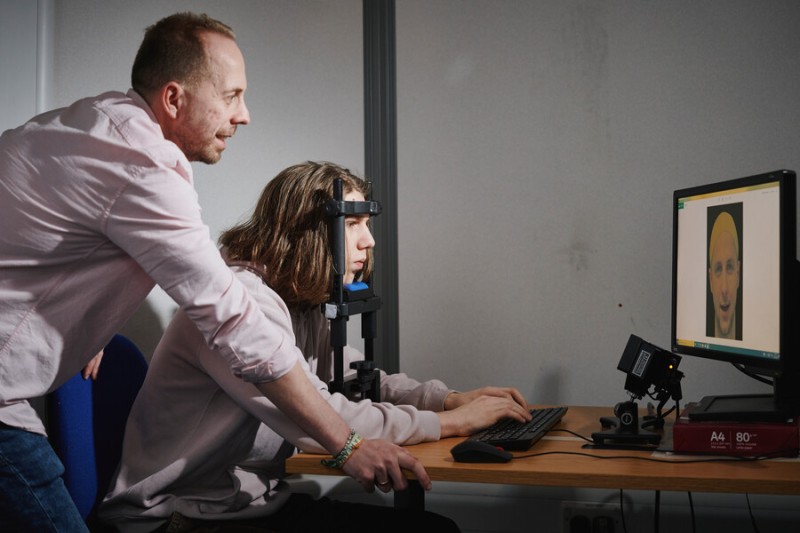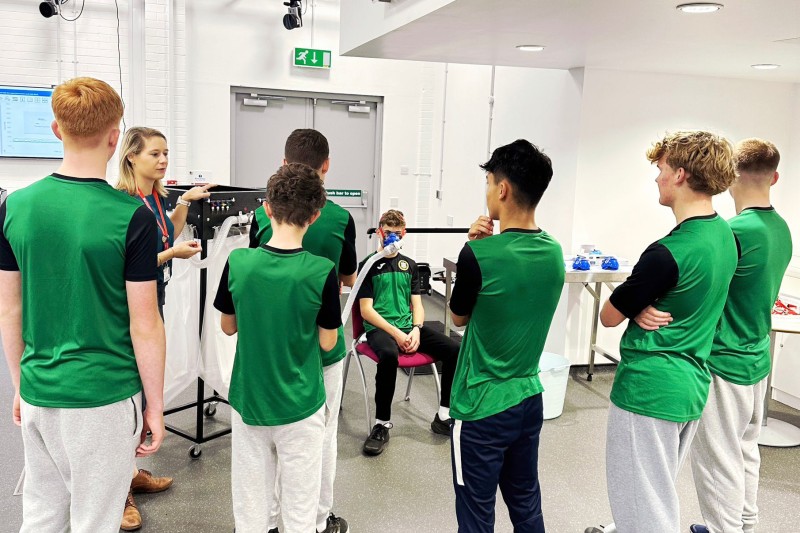By Sue Thomas, Bournemouth University
How good are you at caring for your houseplants? Come to that, how good are you at caring for yourself? Symbio, a new app still currently in development, will connect your well-being to that of your plants and ensure that all of you thrive.
The story of Symbio began in 2014 when I was invited to speak at Sesi Cultura Digital in Rio de Janeiro. Sadly, though, I couldn’t get to Brazil at that time, so instead the organisers invited me to add technobiophilia to their hackathon themes, something which connected nature with technology to create devices which helped support wired well-being. I wrote two design challenges for them to consider.
The winner, Gaivota (Seagull), is a collaborative network of weather data built with Arduino, an open-source electronics platform, which enables users to monitor their own customised weather station. It’s a great idea but my personal favourite, since it deeply connects us to the plants in our lives, is the second placed Symbio, which was specifically designed to address my technobiophilic brief.
Symbio is comprised of a wearable device, a mobile app, a glass jar with a plant, an irrigator, a light bulb and sensors. The kit acts as a technological medium designed to activate the intrinsic relationship between people and nature. The wearable device uses pulse and light sensors to monitor the daily activities of the user so that water and food can be released to the plant via the app, but only if the user fulfils some positive daily activities such as taking in a healthy amount of sunshine (good for vitamin D) or taking in some air in an open space.
As the designers explain it:
If the user takes the total healthy dose of sunlight for her body, the plant will also receive the light it needs for its growth. If the user visits two open space leisure places per week, the plant will also receive during the course of the week the nutrients it needs.
This relationship of the plant with the user creates an emotional link, making her change her daily habits so her Symbio can survive. If the user keeps herself healthy, she will automatically keep the plant healthy.
So if you lead a healthy life, your plant thrives. If you don’t, it dies. Now there is an incentive to take the stairs instead of the elevator.
The designers of Symbio are research interns at the Nucleus of Art and New Organisms, a trans-disciplinary hothouse of artistic and engineering talent in Rio de Janeiro where they research and develop technological, organic, and sensorial hybrid systems. Each of the designers bring different skills to their hybrid projects: Filipi Dias de Oliveira is a student of design; Iane Cabral Mello studies drama and clothing; Aroldo Mascarenhas Neto is a telecommunications engineer, and Leonardo Nunes Guimarães Costa works in electronic engineering.

Dias said that before the hackathon the team had already designed projects using plants, bees, sound and the body, so when they read about the concept of technobiophilia they realised its relevance to their work. “We brainstormed on the first day of the hackathon and decided to create a technological bridge between people and nature.” This, of course, led to various designs and the final product.
Planting the idea
The app isn’t the first to monitor the health of plants. The Parrot Pot caused quite a stir at this year’s CES 2015, the first big tech show of the year. It is being promoted as the most advanced connected plant pot available to date. It uses a database of 8,000 plants and sensors to provide up to a month of smart, autonomous irrigation, keeping your plants happy and healthy until you return.
The Koubachi does something pretty similar, as does plant link, a Kickstarter project which overshot its budget target by US$20,000 and is now in production.
Connected plants are going to be a popular item in the next couple of years, but I’ve seen nothing else as ambitious as Symbio, which doesn’t just connect your geraniums to the water supply, it also connects them to you.
![]()
This article was originally published on The Conversation. Read the original article.




